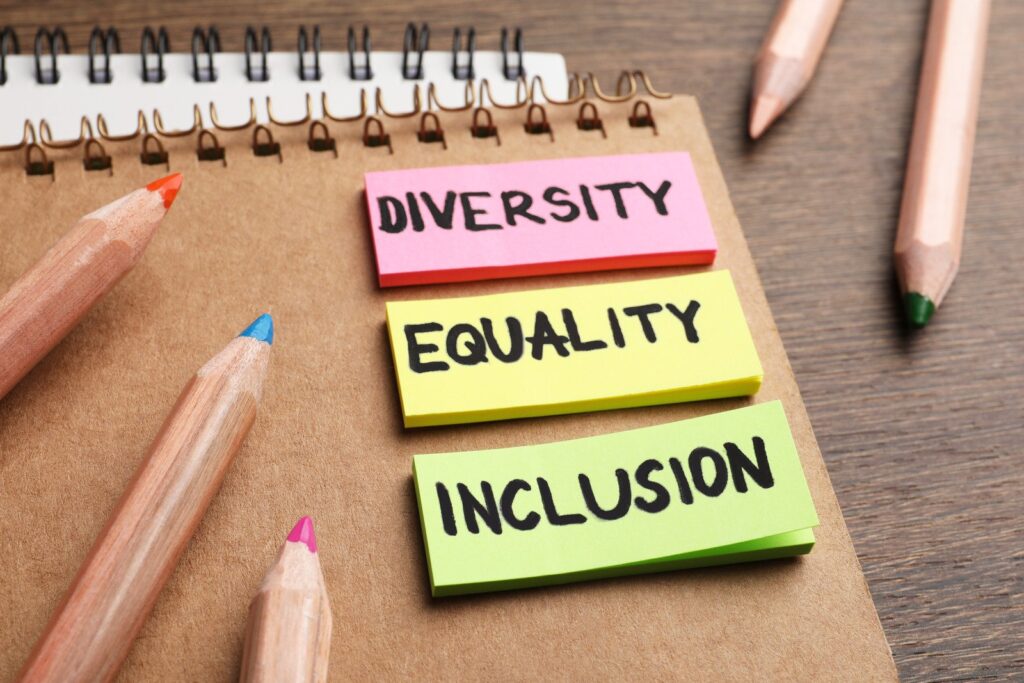Inclusive education is not just an educational strategy but a powerful movement that values diversity and promotes equal opportunities for all. It is the practice of integrating individuals with disabilities into mainstream education systems, breaking barriers, and fostering a sense of belonging. This blog delves into the transformative power of inclusive education, its benefits, challenges, and the ways it creates a positive impact on individuals’ lives.
What is Inclusive Education?
Inclusive education refers to a teaching approach that accommodates all learners, irrespective of their physical, intellectual, social, or linguistic abilities. By embracing diversity, inclusive education fosters a sense of community and equality within classrooms.
Key Principles of Inclusive Education:
- Diversity as Strength: Recognizing and celebrating differences in abilities.
- Equitable Access: Providing equal opportunities to resources and learning.
- Individualized Support: Tailoring educational programs to meet the unique needs of each student.
- Collaboration: Encouraging partnerships among educators, families, and communities.
The Core Benefits of Inclusive Education
Inclusive education offers a range of benefits for students, educators, and society at large.
1. Promotes Social Integration
Inclusive classrooms encourage interactions between students of different abilities, promoting empathy, understanding, and collaboration. These connections foster a sense of belonging and mutual respect.
2. Enhances Academic Achievement
Students in inclusive environments often perform better academically due to personalized support, varied teaching methods, and a collaborative learning atmosphere.
3. Builds Confidence and Self-Esteem
Inclusive education instills confidence by valuing each student’s contributions and encouraging active participation. Feeling accepted boosts self-esteem, motivating students to excel.
4. Prepares for Real-World Experiences
By learning together, students are better prepared for diverse workplaces and communities, fostering inclusivity beyond the classroom.

Challenges in Implementing Inclusive Education
While the benefits are immense, implementing inclusive education comes with its challenges.
1. Lack of Resources
Insufficient funding for specialized teaching tools, assistive devices, and training programs can hinder effective inclusion.
2. Teacher Training
Many educators lack the training to address diverse needs in the classroom. Professional development is essential for successful implementation.
3. Societal Stigma
Negative perceptions and biases can create resistance among parents, students, and even teachers. Overcoming this requires community awareness and advocacy.
4. Overcrowded Classrooms
High student-teacher ratios can limit the ability to provide individualized attention, making inclusion less effective.
Real-Life Success Stories of Inclusive Education
Story 1: Breaking Barriers in Communication
A young boy with hearing impairment excelled academically and socially after joining an inclusive classroom. With the help of sign language interpreters and supportive peers, he gained confidence and formed lasting friendships.
Story 2: From Struggles to Success
A girl with autism transformed her life through inclusion. Tailored teaching strategies helped her develop crucial social and cognitive skills, enabling her to pursue higher education.
The Role of Educators in Inclusive Education
Educators are the cornerstone of successful inclusive education.
1. Adapting Teaching Methods
- Incorporate diverse learning styles to cater to all abilities.
- Use assistive technology to support students with special needs.
2. Encouraging Peer Support
Facilitate group activities that promote teamwork and collaboration, fostering mutual respect among students.
3. Continuous Training and Development
Teachers must undergo regular training to stay updated on best practices and innovative techniques in inclusive education.
Policy Frameworks Supporting Inclusive Education
Several policies and frameworks worldwide advocate for inclusive education, such as:
- United Nations Convention on the Rights of Persons with Disabilities (CRPD): Promotes equal access to education for individuals with disabilities.
- Education for All (EFA) Movement: A global initiative ensuring basic education for all children, including those with disabilities.
- NDIS and Education: In countries like Australia, the National Disability Insurance Scheme (NDIS) provides funding for resources and support to enable inclusive learning.
The Role of Technology in Inclusive Education
Technology plays a pivotal role in making education accessible to all.
Assistive Tools:
- Screen Readers: Help visually impaired students access digital content.
- Speech-to-Text Software: Assists students with motor or learning disabilities.
- Augmentative and Alternative Communication (AAC): Supports non-verbal students in expressing themselves.
Digital Learning Platforms:
Online tools and platforms enable personalized learning experiences, bridging gaps in traditional classroom settings.
The Role of Families in Inclusive Education
Families play an essential role in the success of inclusive education. Their involvement ensures that children feel supported both at home and in school.
1. Advocacy for Children’s Rights
Parents and guardians often act as advocates, ensuring that their children receive the necessary resources and accommodations to thrive in inclusive settings.
2. Creating a Supportive Home Environment
A nurturing home environment reinforces what children learn in school. Parents can use strategies like:
- Encouraging open communication about school experiences.
- Promoting self-reliance and confidence in children.
- Participating in their child’s Individualized Education Plan (IEP).
3. Building Strong School-Parent Relationships
Collaborating with teachers and school staff helps align educational goals and ensures that children receive consistent support across all environments.
Community Engagement and Its Impact
Inclusive education thrives in communities that embrace diversity and actively work to reduce stigma.
1. Awareness Campaigns
Communities can organize events and workshops to educate the public about the importance of inclusivity, encouraging acceptance and empathy.
2. Peer Support Networks
Establishing networks for students, families, and educators fosters collaboration and shared learning. These groups provide emotional support and share resources for overcoming challenges in inclusive education.
3. Partnerships with Local Organizations
Collaborating with NGOs, disability advocacy groups, and government agencies helps schools access funding, training, and resources to strengthen their inclusive practices.
The Psychological Impact of Inclusive Education
Inclusive education not only addresses academic and social needs but also significantly impacts students’ mental well-being.
1. Reducing Feelings of Isolation
Students with disabilities often feel isolated in segregated environments. Inclusive classrooms encourage interactions, reducing loneliness and fostering friendships.
2. Boosting Self-Efficacy
Participating in inclusive settings allows students to see their potential, building self-efficacy and encouraging a “can-do” attitude.
3. Stress Reduction
When children feel accepted and supported, their stress levels decrease, enabling them to focus better on learning and personal growth.

The Future of Inclusive Education
The future of inclusive education is bright, with increasing awareness, technological advancements, and policy support. Schools and communities must continue to work together to eliminate barriers and create an environment where every child can thrive.
Trends to Watch:
- Expansion of virtual classrooms for remote learning.
- Development of advanced assistive technologies.
- Greater emphasis on social-emotional learning.
Conclusion
Inclusive education is a transformative force that not only benefits individuals with disabilities but also enriches society as a whole. By fostering acceptance, building confidence, and preparing students for the real world, inclusive education creates a ripple effect of positive change. With continued efforts from educators, policymakers, and communities, we can ensure that every child, regardless of their abilities, has the opportunity to succeed.







